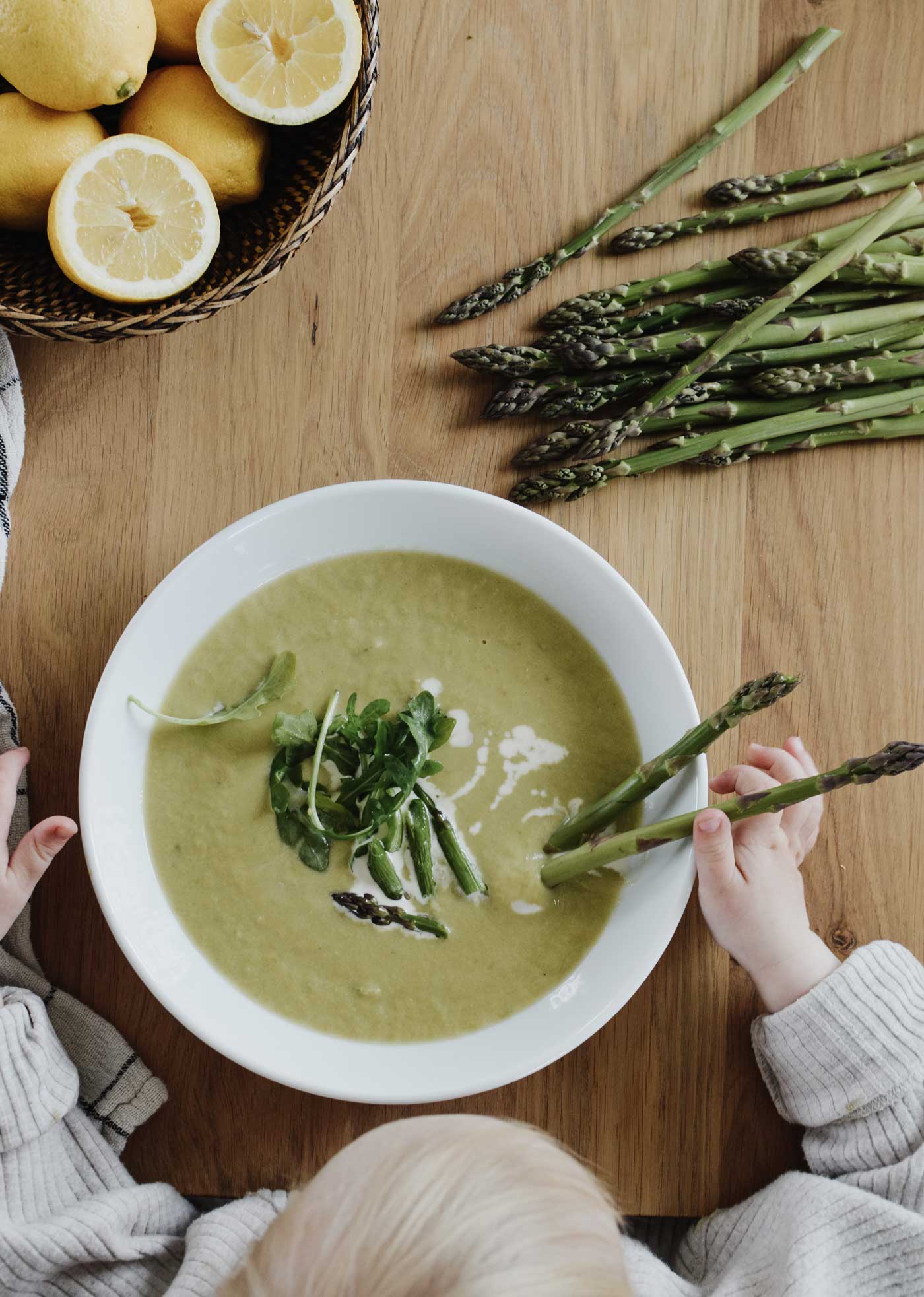
Creamy Asparagus Soup
Sautéed, Pureed, Roasted or Raw.
Asparagus is perhaps the most versatile vegetable of all…
I may not look like Laura Ingells Wilder, but I tell you what, I sure have always dreamt of being her my entire life! I’m Tonya and I run The Wild Carrot Farmstead!
I am a business owner, artist, farmer, homesteading mama of six children-and we are a tribal registered, Native American family of eight!
We believe in preserving tradition by working hard, living simply, taking it slow, and not being afraid to live against-the-grain of society out here on our Missouri farmstead!
I put my degree in holistic health science to use, often, with our natural, sustainable skincare line featuring goat milk, farm-raised and foraged medicinal plants, and hand-rendered tallows.
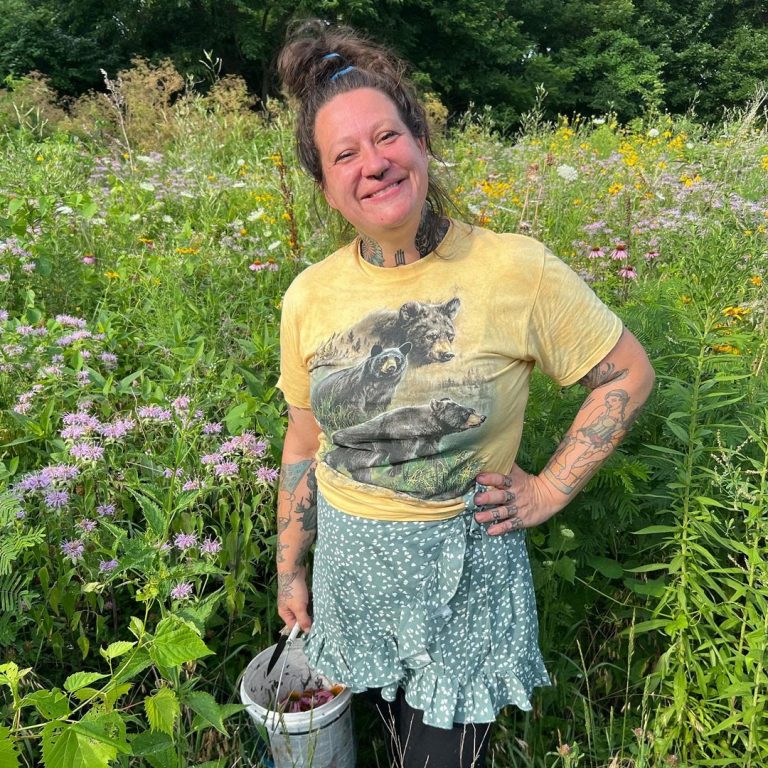
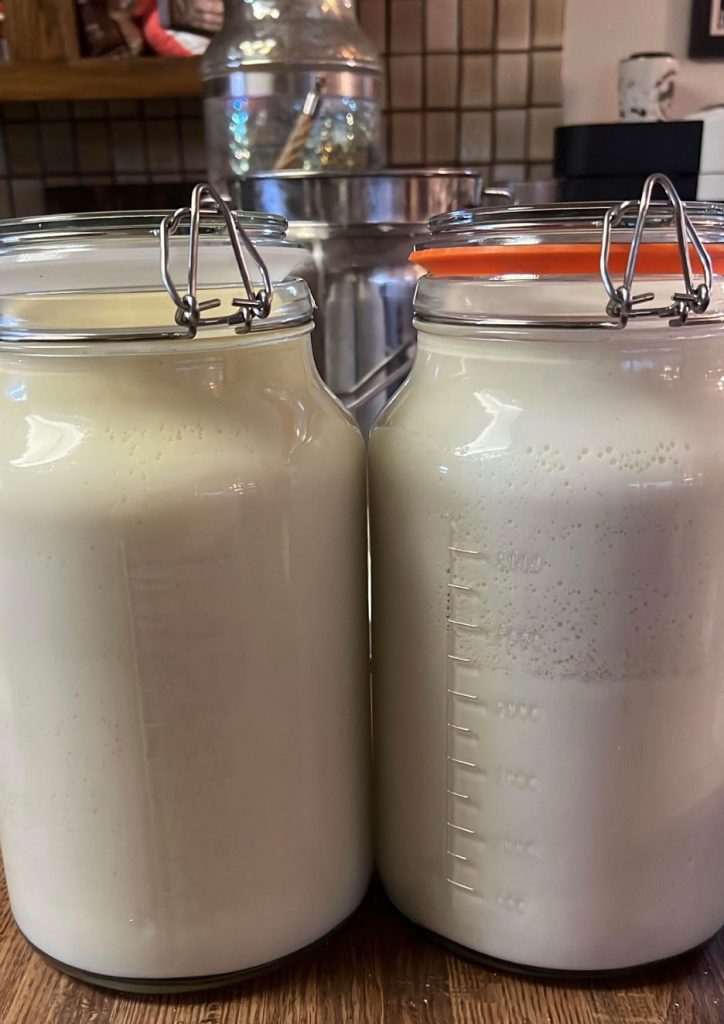
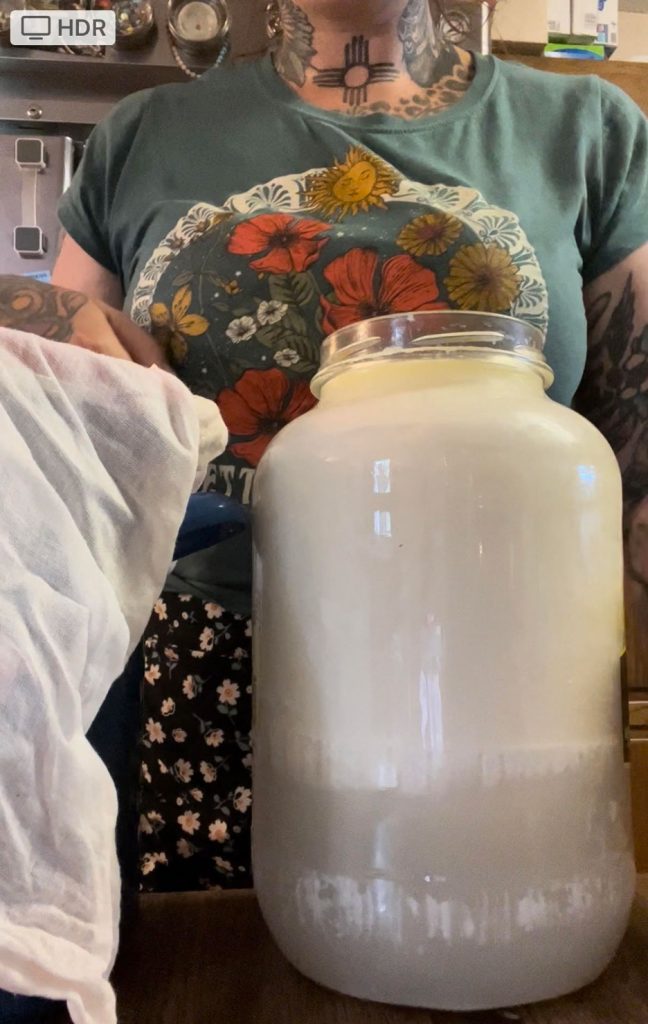
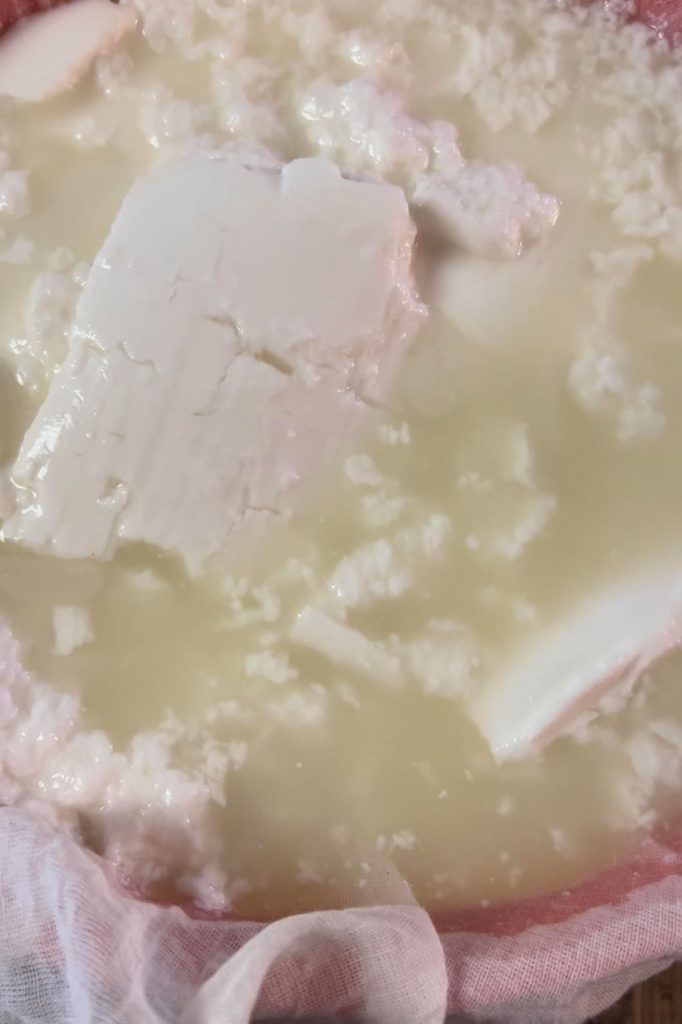
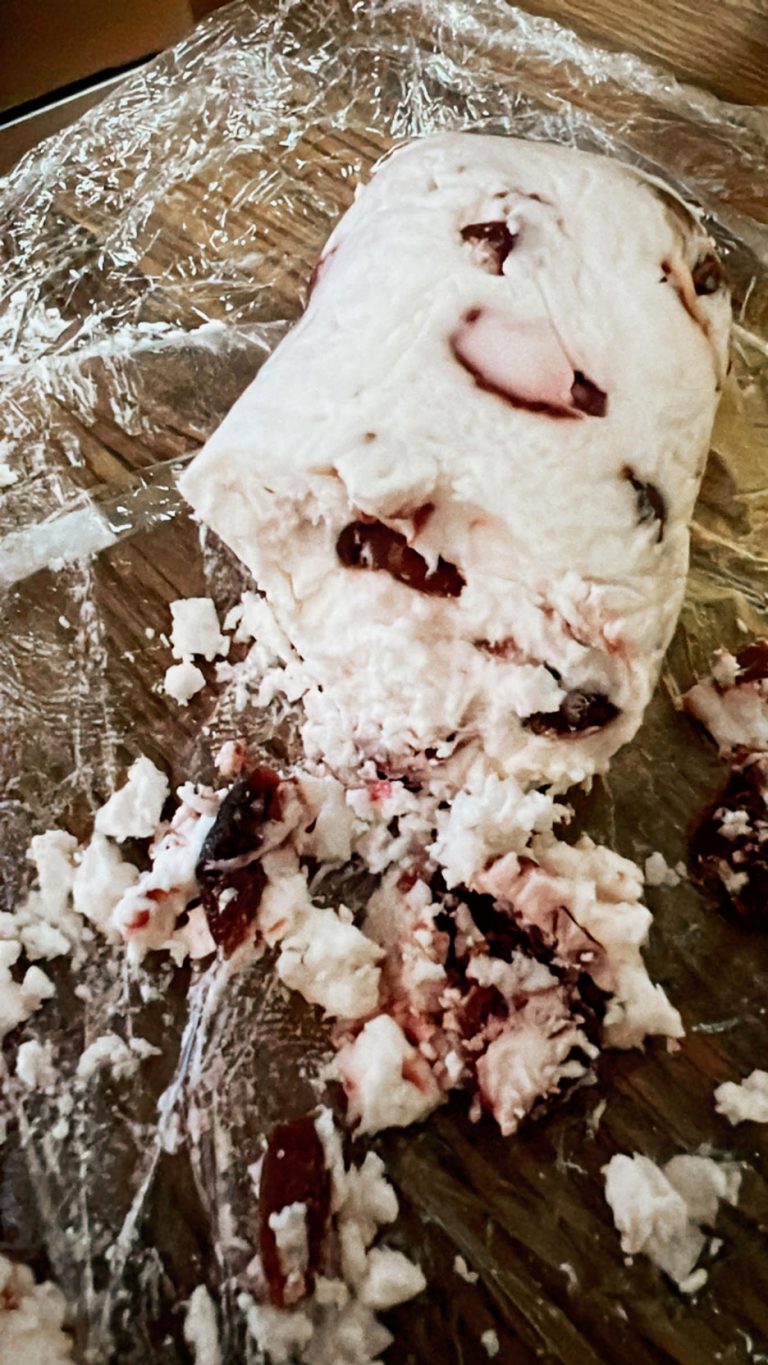
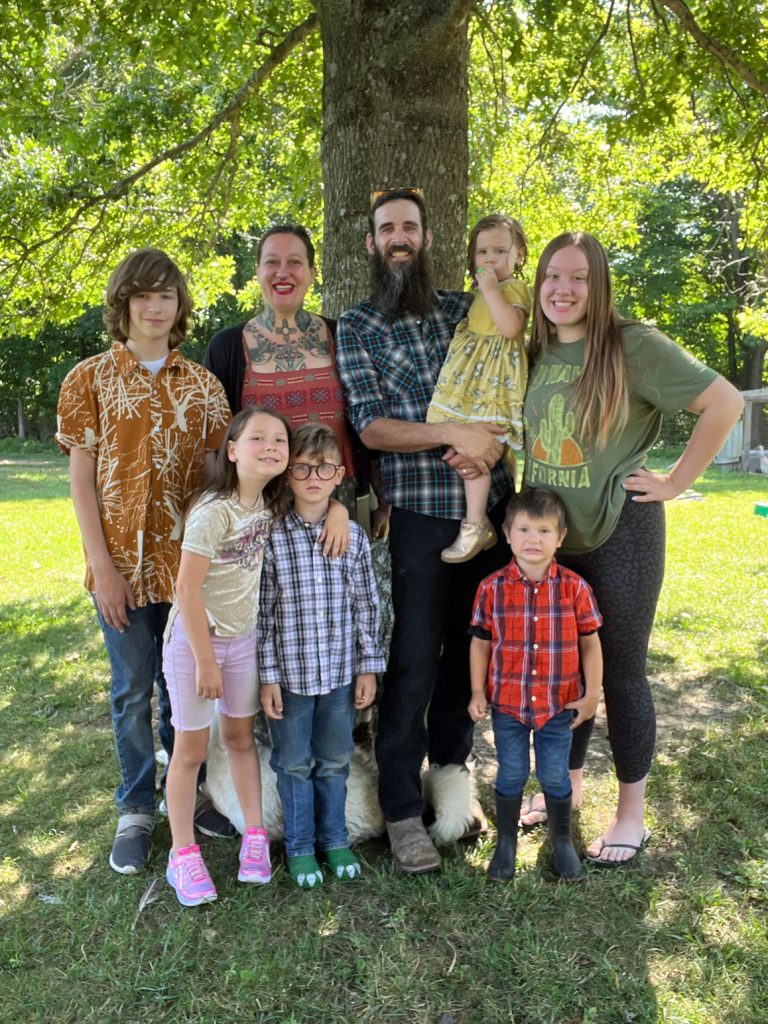
Please join us by sharing, continuing the conversation below, and connecting with Tonya at the following:

Sautéed, Pureed, Roasted or Raw.
Asparagus is perhaps the most versatile vegetable of all…
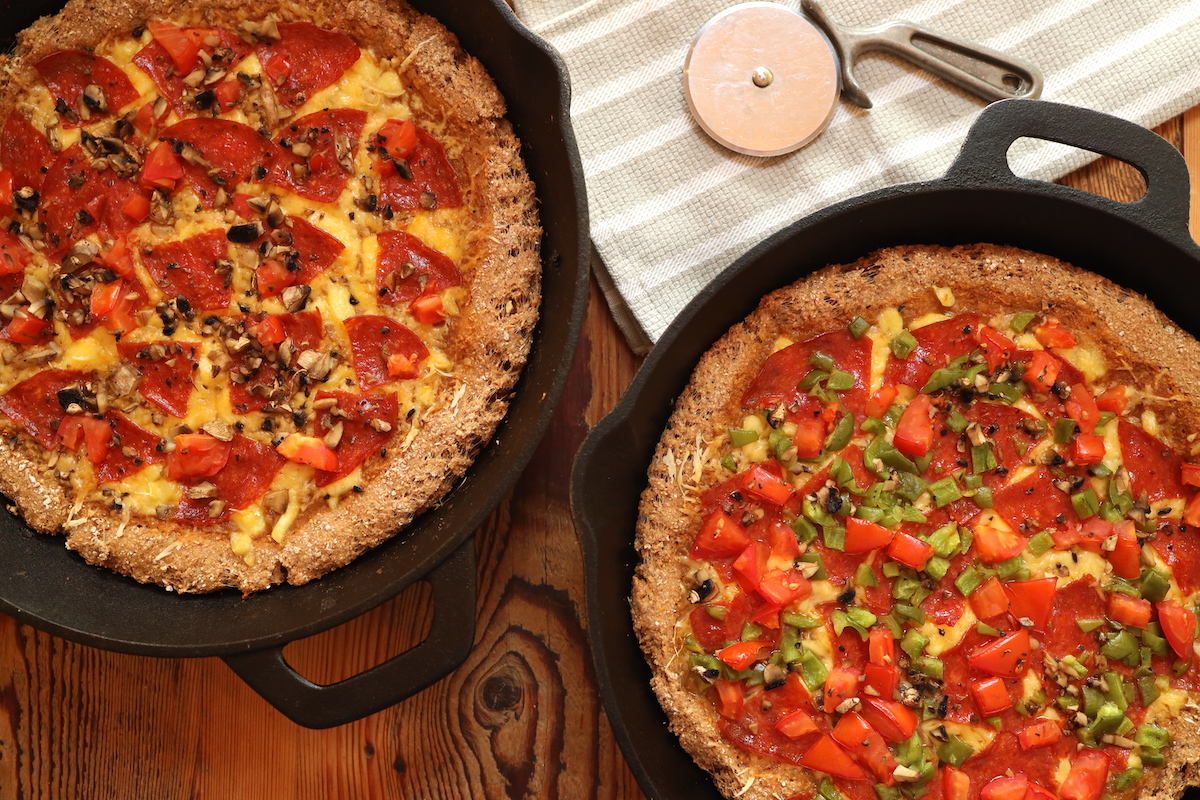
Like many in this homesteading space, this has been a completely unexpected journey for our family.
Even 10 years ago I would have laughed at the thought of getting up to milk a cow each morning and
canning endless amounts of tomatoes…
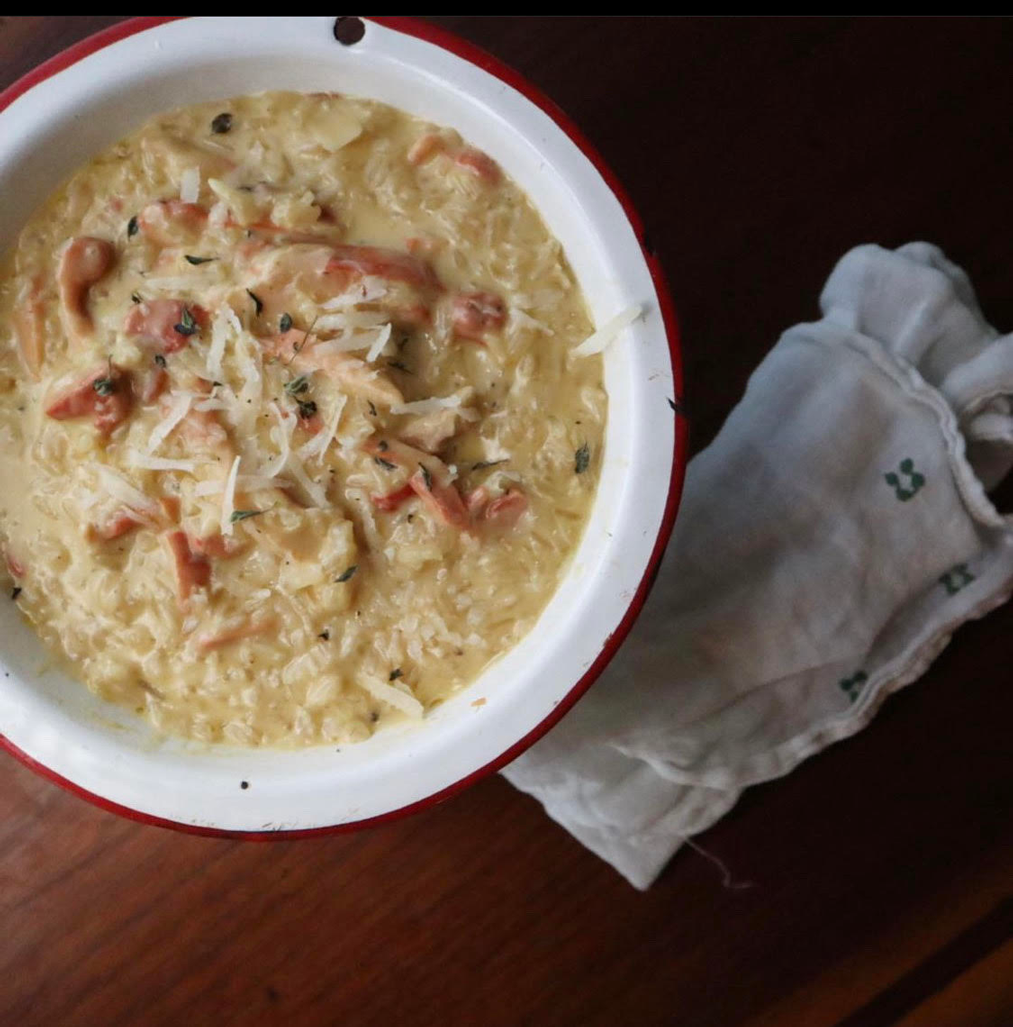
I am a Hopesteader. I haven’t always tried to look for the silver lining in most any situation. It’s a skill that has encouraged me to spur on and learn and read and do and gain experience by turning knowledge into wisdom…
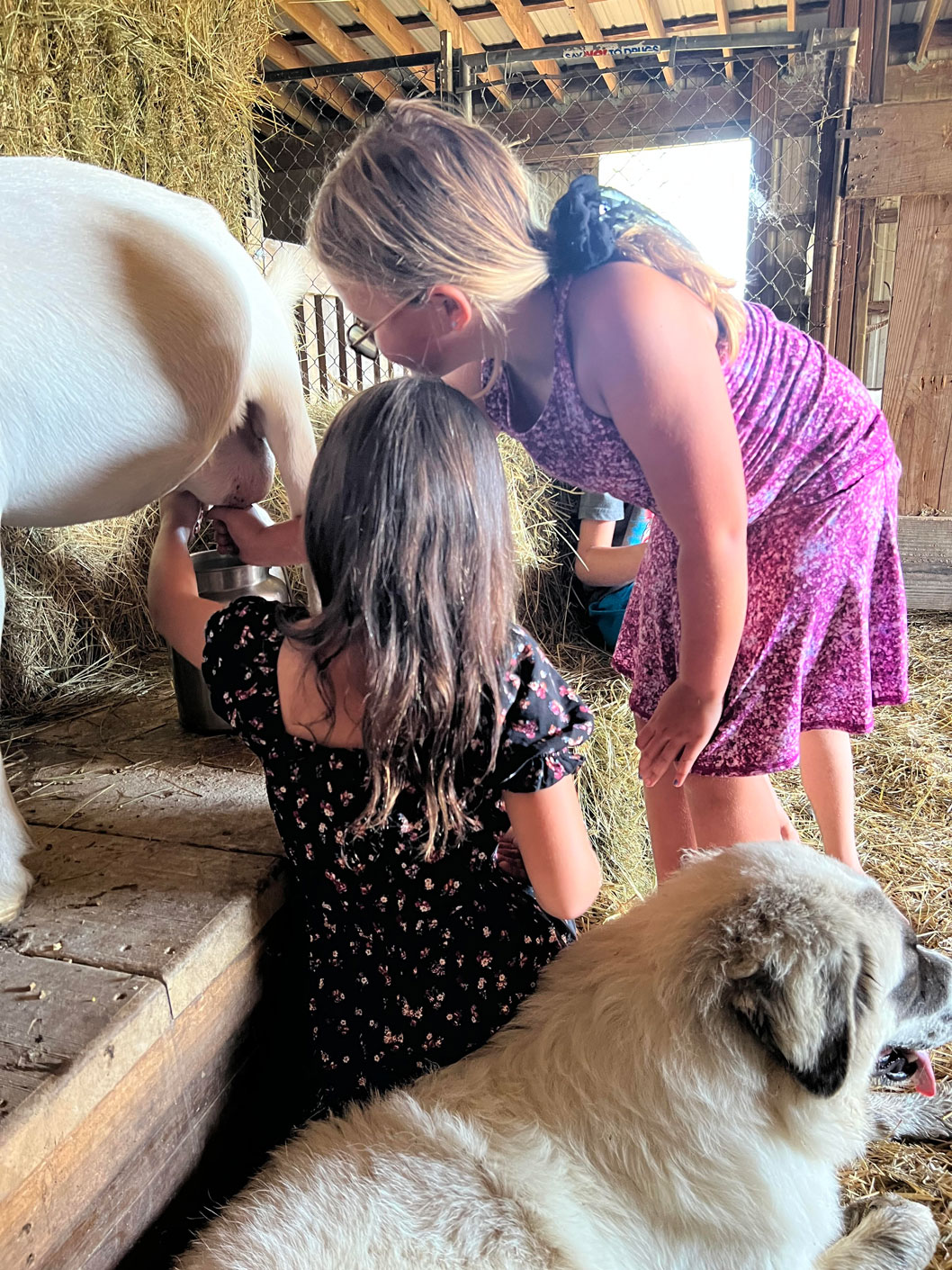
We didn’t lose Druzy (pictured)-but lost her twins.
I just wanted to share how sad I felt that day. Our first goat, Druzy, had her babies sometime in the night, on Super Bowl Sunday-five days earlier than we thought-and they were both dead. Perfectly formed. Beautiful. Twins….
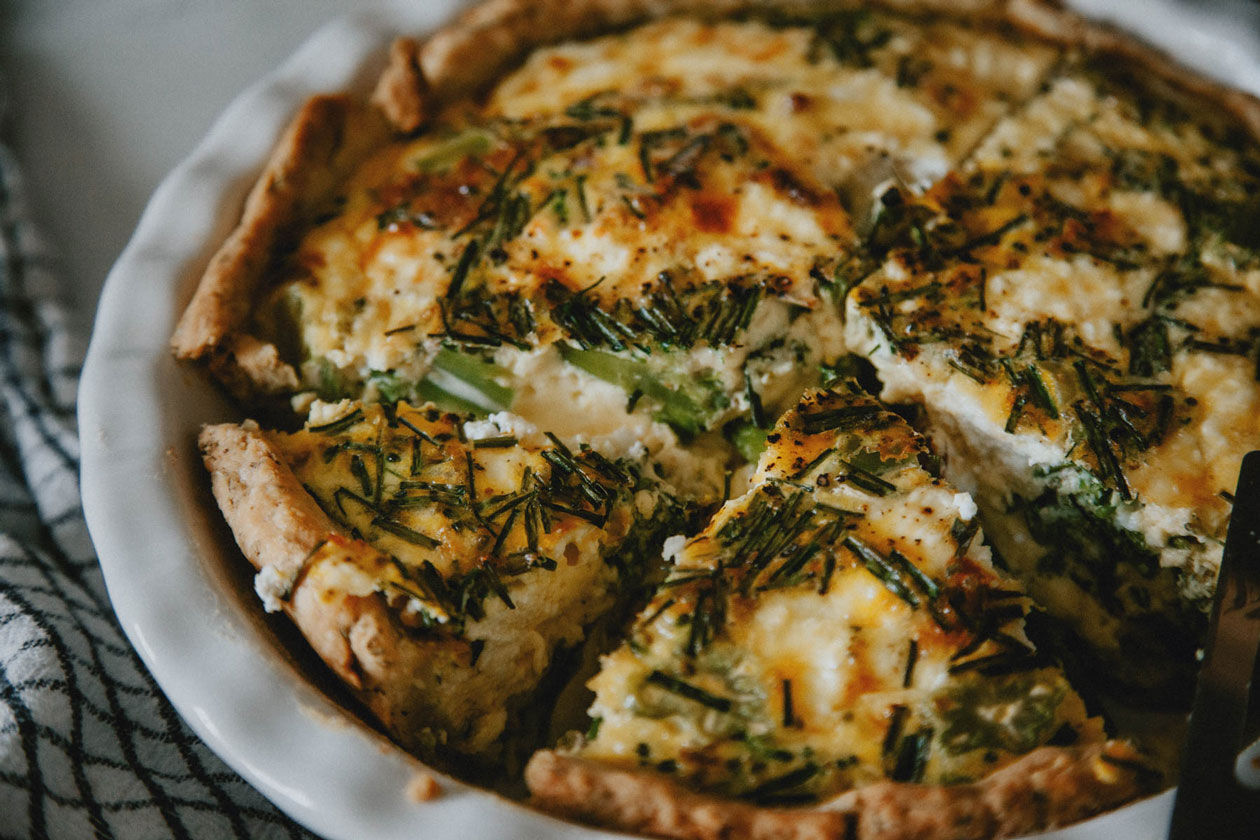
As the days grow longer and the hens pick up their laying again, the baskets on my kitchen counter begin to overflow with fresh eggs…
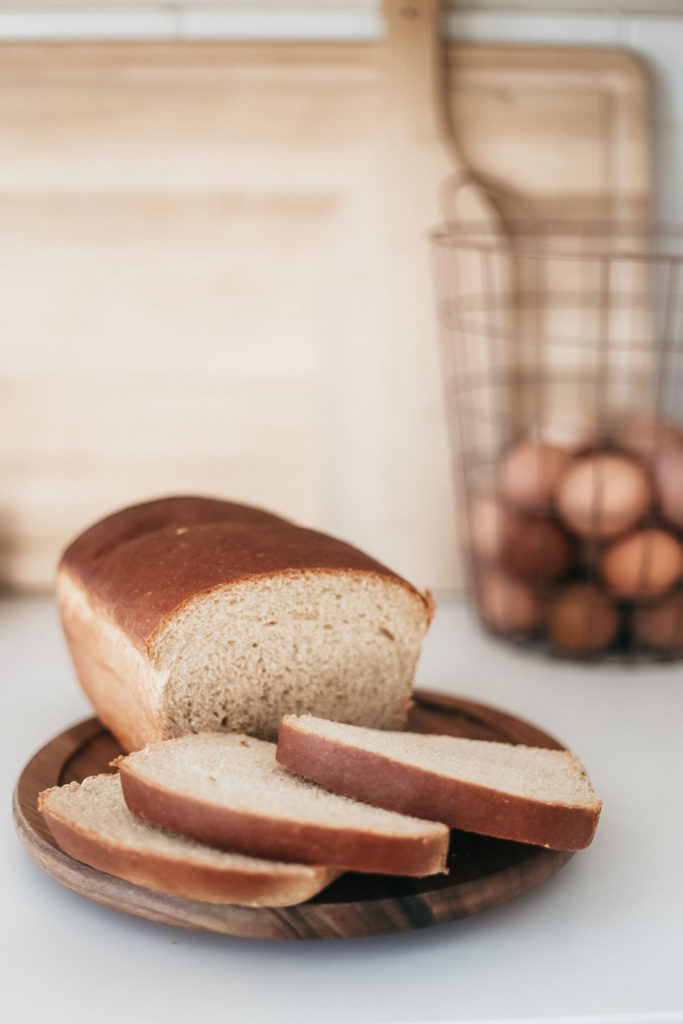
Simple Wheat Bread Recipe
This is a great, simple recipe that can be quickly thrown together multiple times a week for the perfect, from-scratch, whole wheat bread recipe. It’s a half wheat, half white flour recipe with a slightly nutty flavor, a hint of sweetness from the honey, and the perfect texture. I love that this recipe is so versatile that it can be sliced as an addition to a cozy soup dinner or hold perfectly for spread and sandwiches. I make this recipe multiple times a week in our home. If you’re on the hunt for the perfect recipe to jump into making bread at home, you’ve come to the right place.

Greetings! I’m Mandy Vander Kolk, a joyfully married mother of three, suburban homesteader, and sourdough enthusiast! From very early on, I have had a great love for the natural world.

Soon after I began my sourdough journey a few years ago, it quickly became very clear that one loaf was never enough for our family! Between my husband and I and our three children, we can easily devour an entire loaf in one sitting….
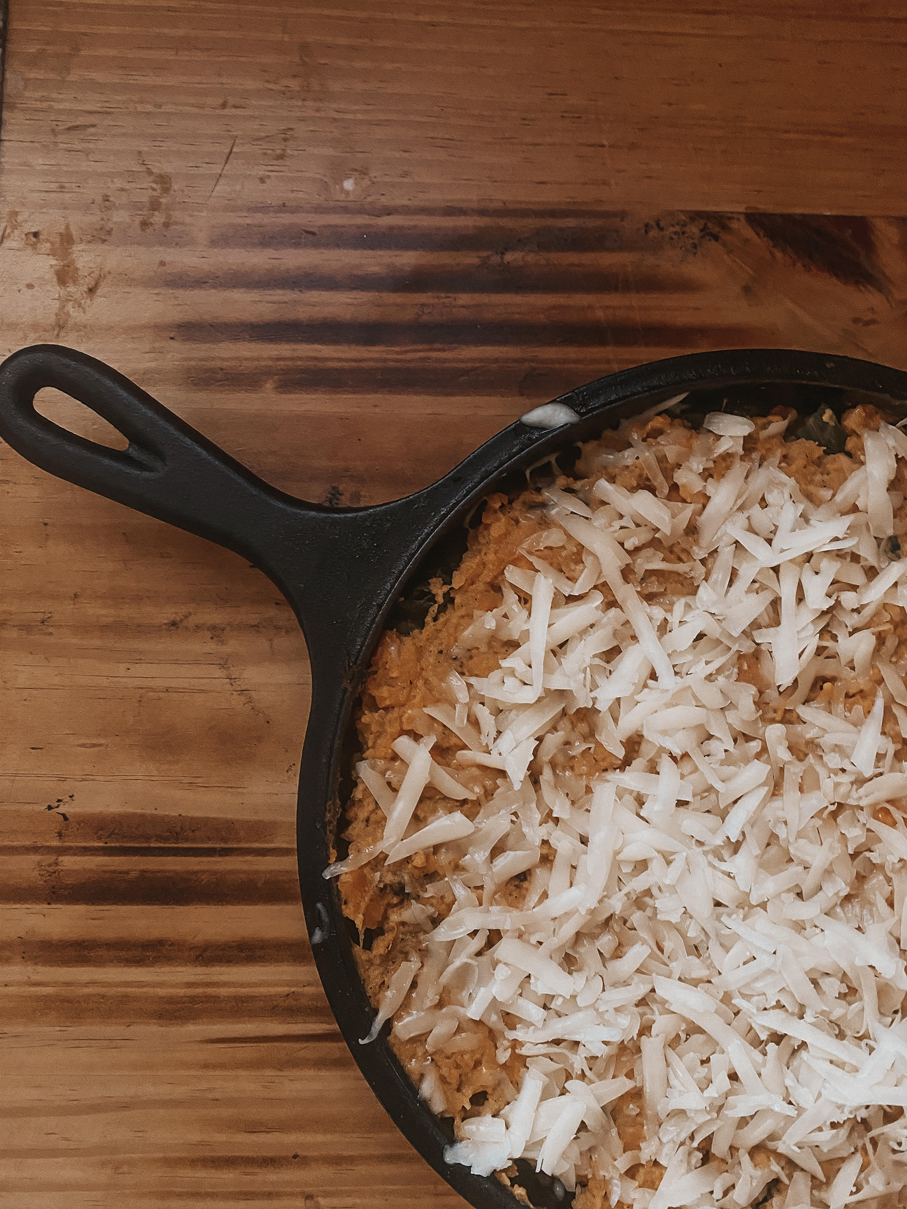
This recipe is nothing exciting, there I’ve said it. But I’ve got a lot on my heart and fruit I’m hoping to share will you; it may fill you in ways no dinner can…